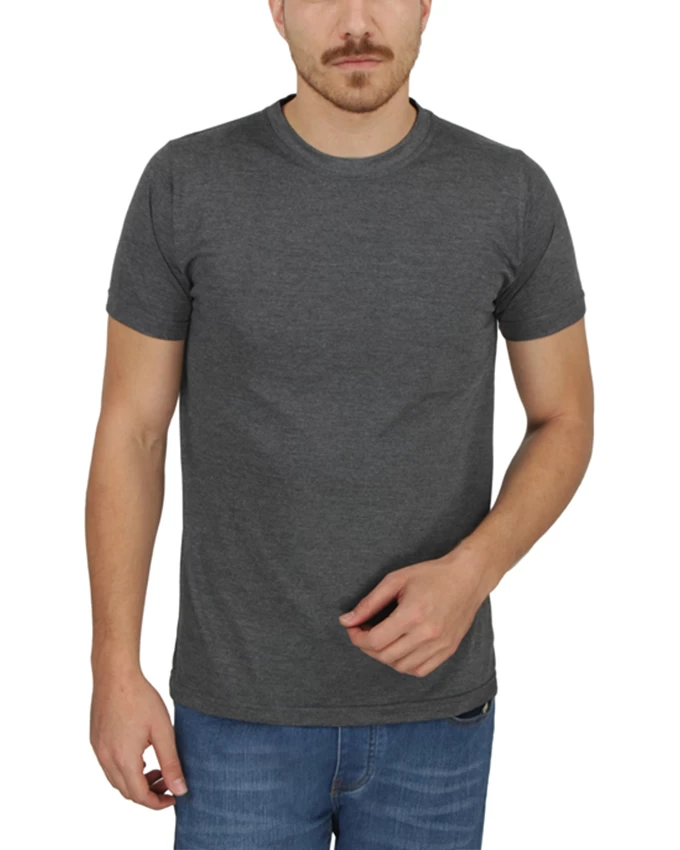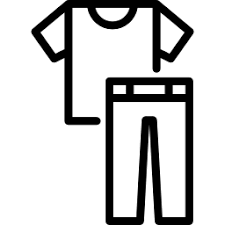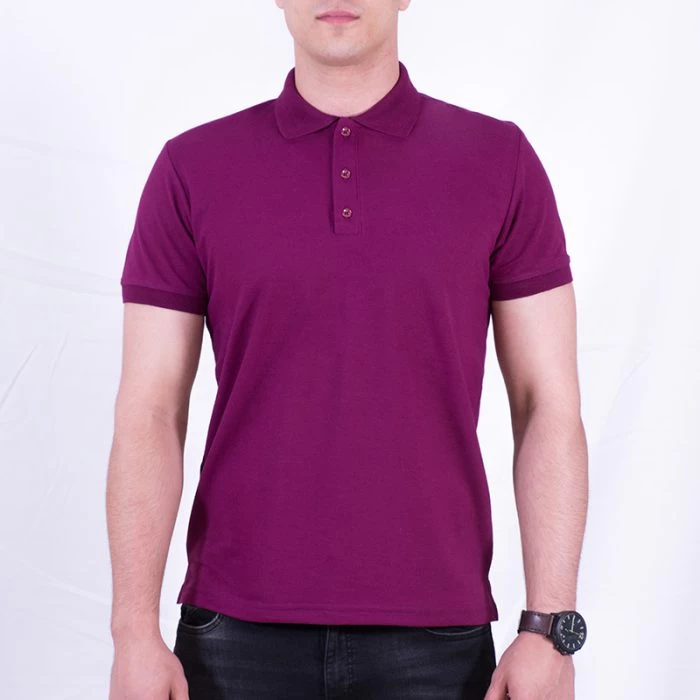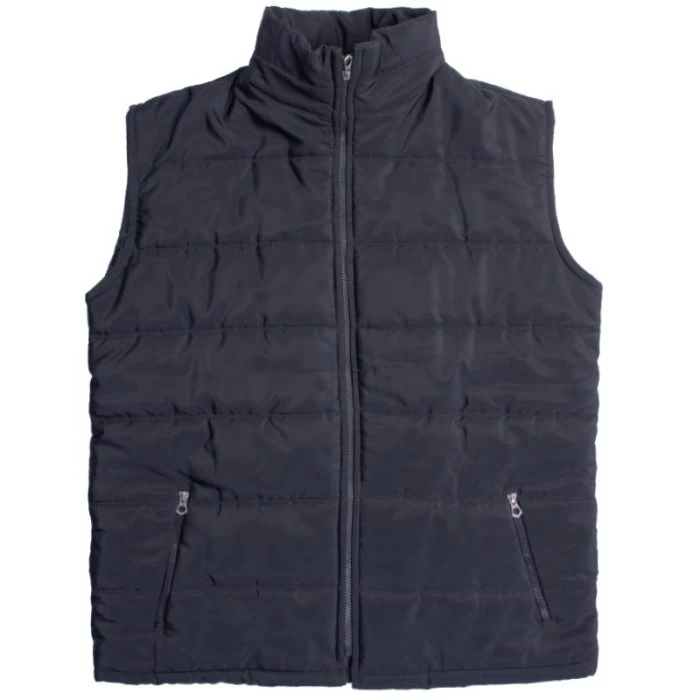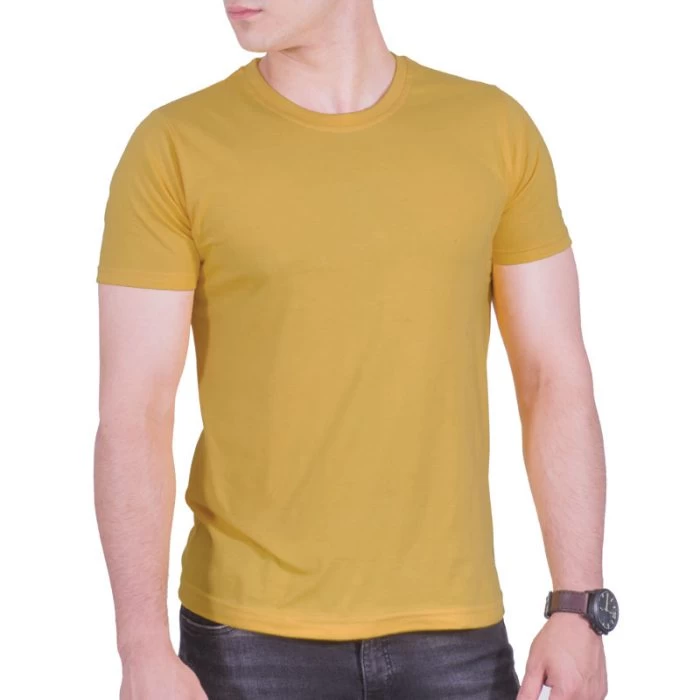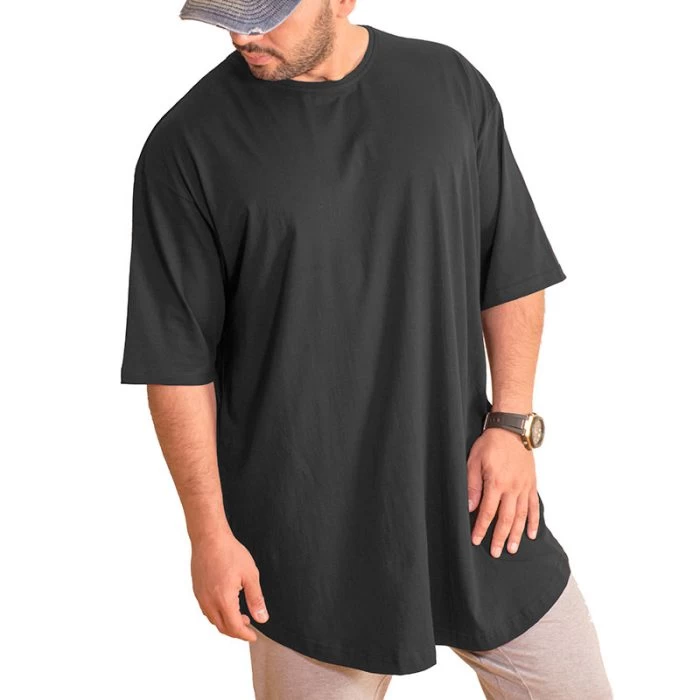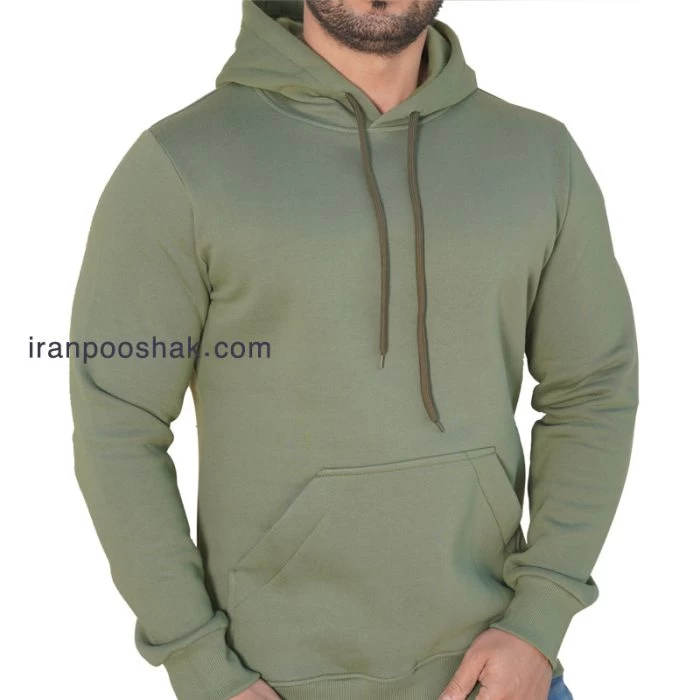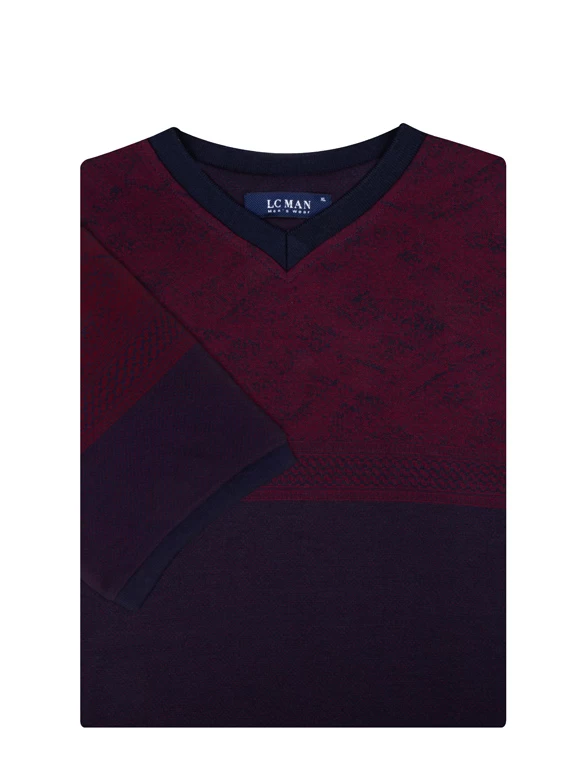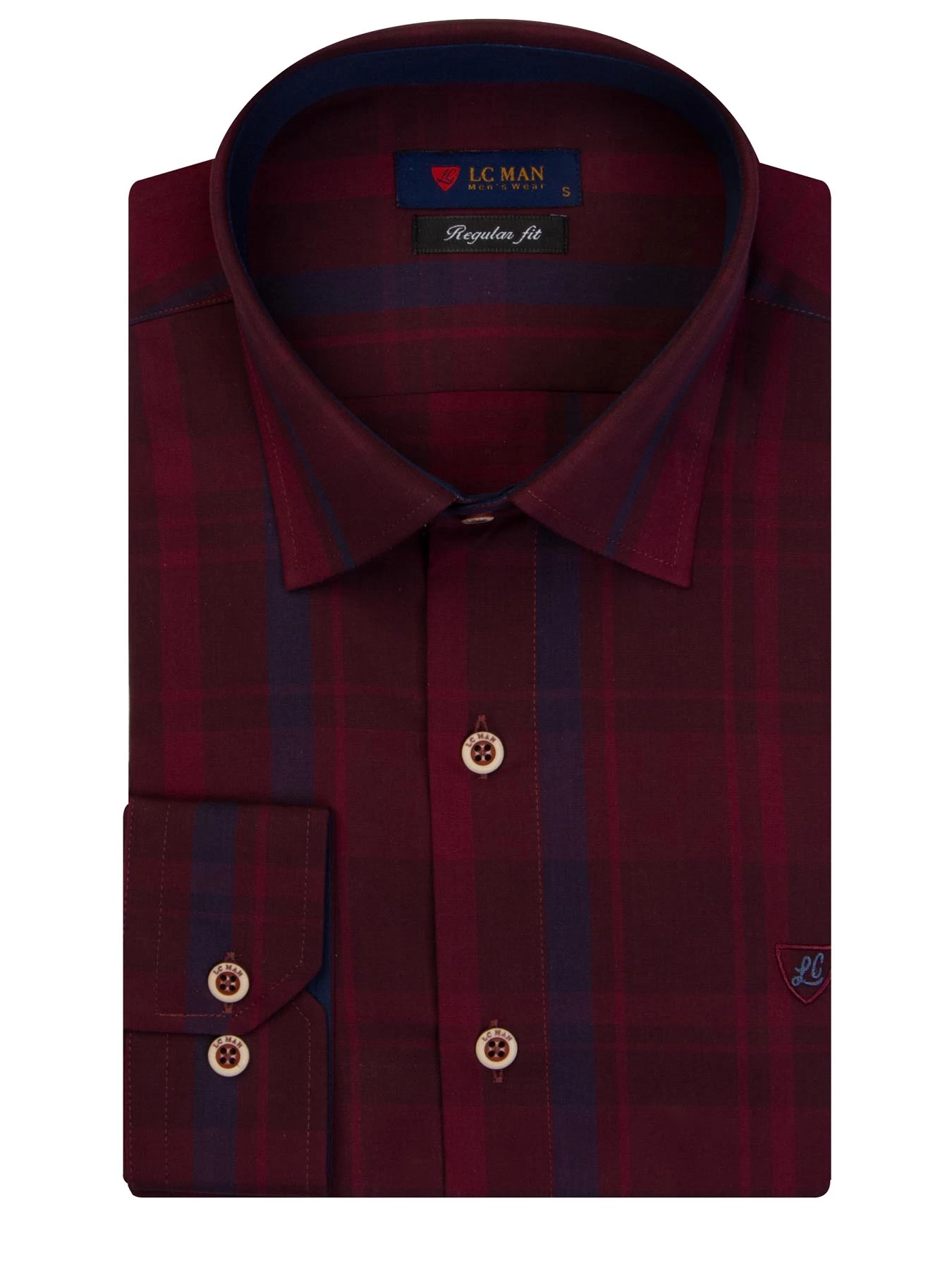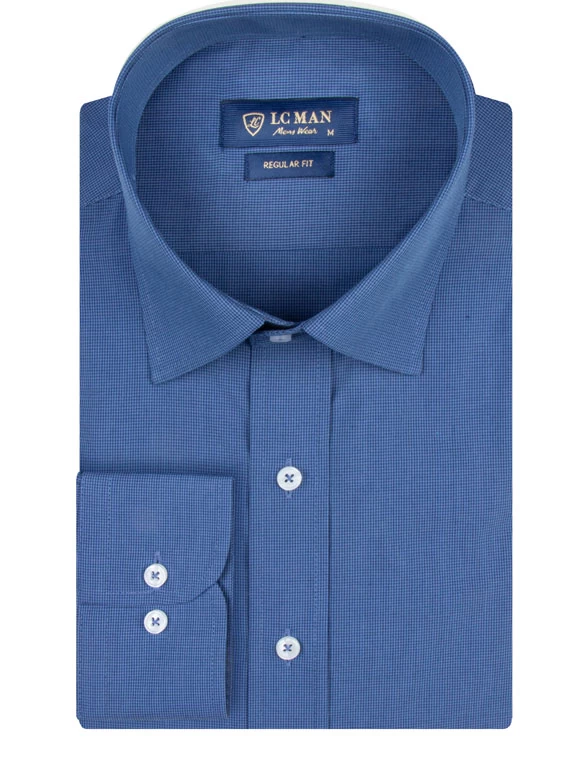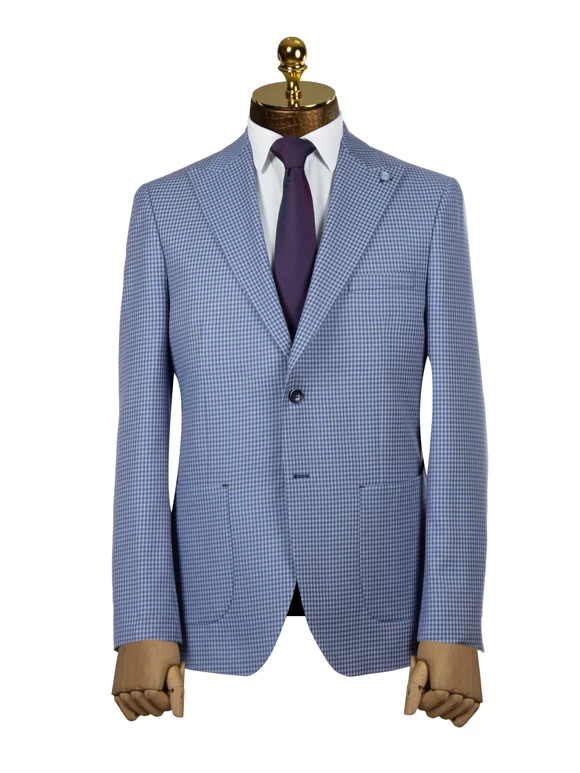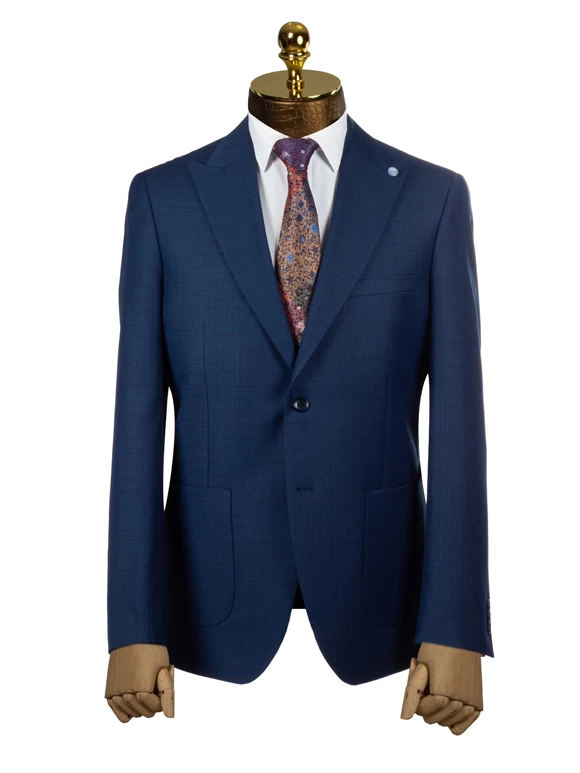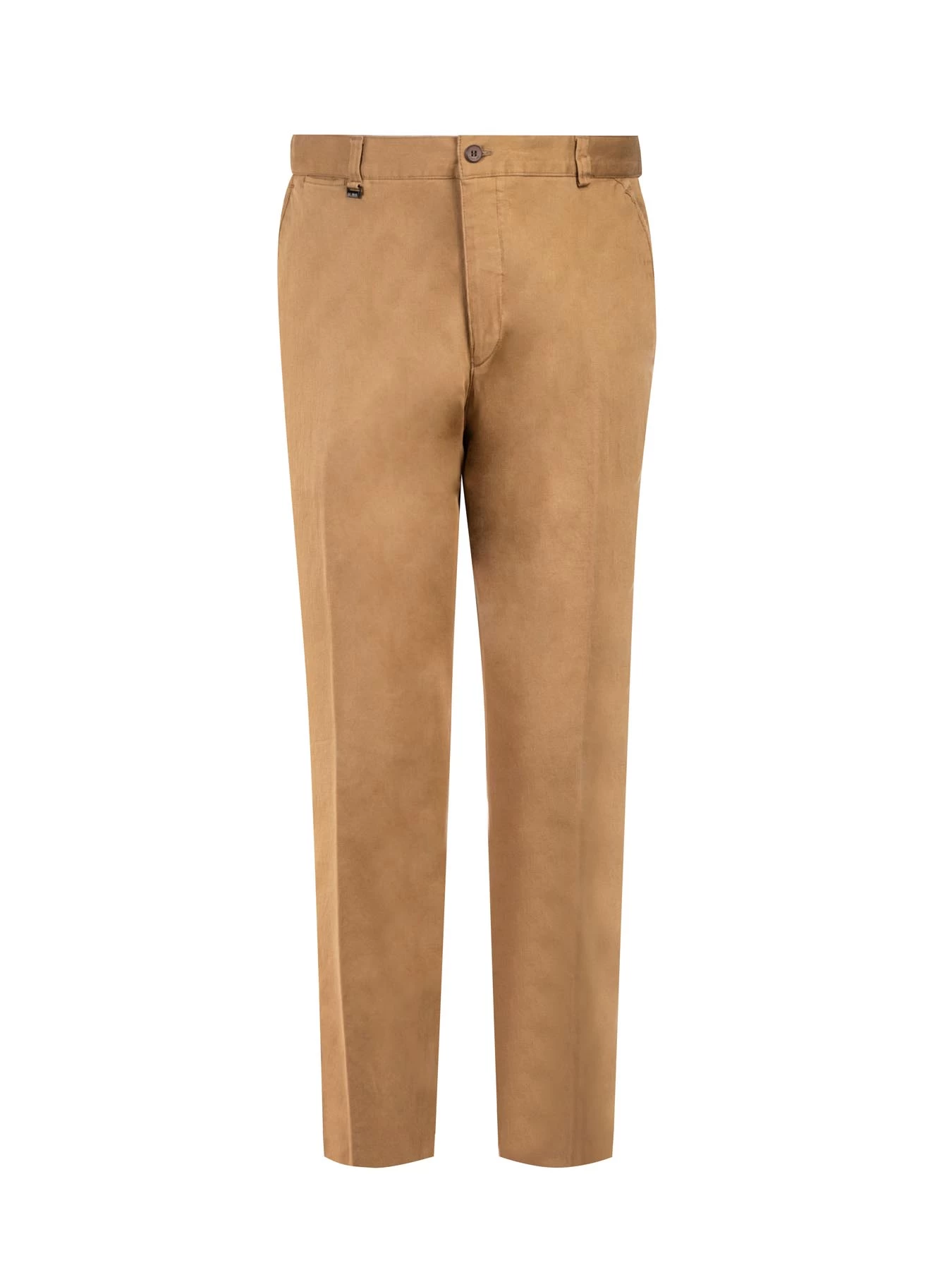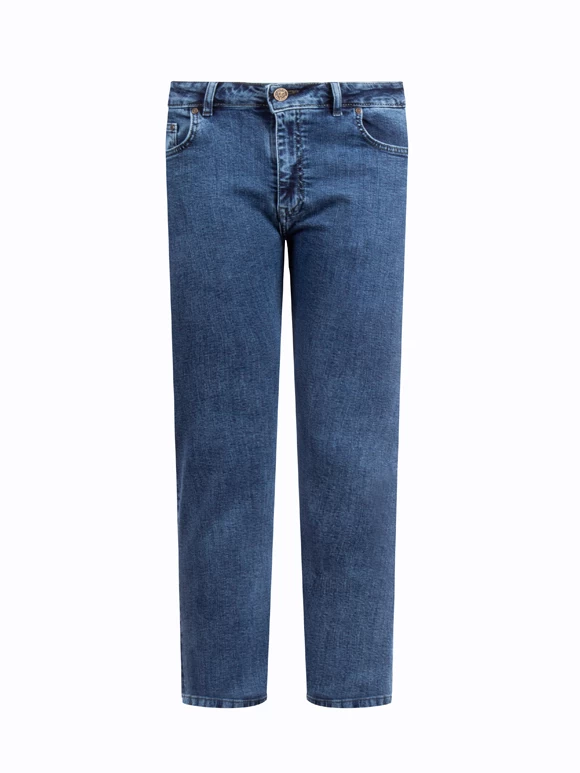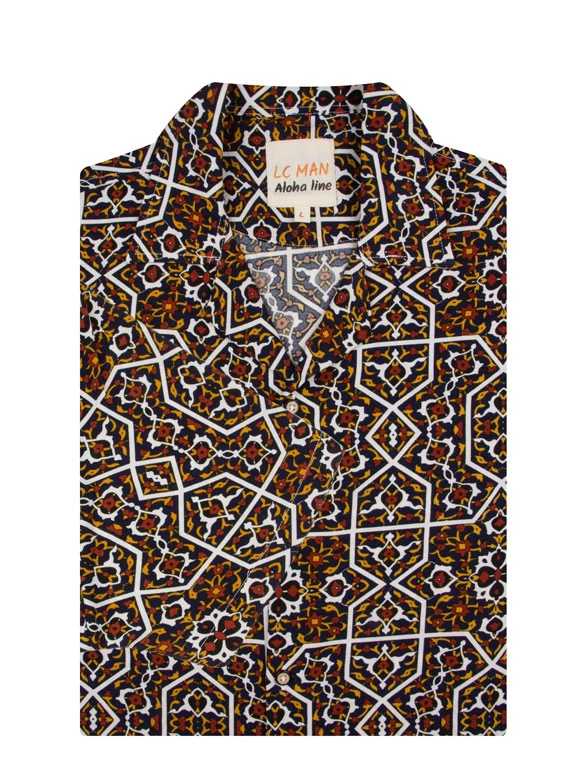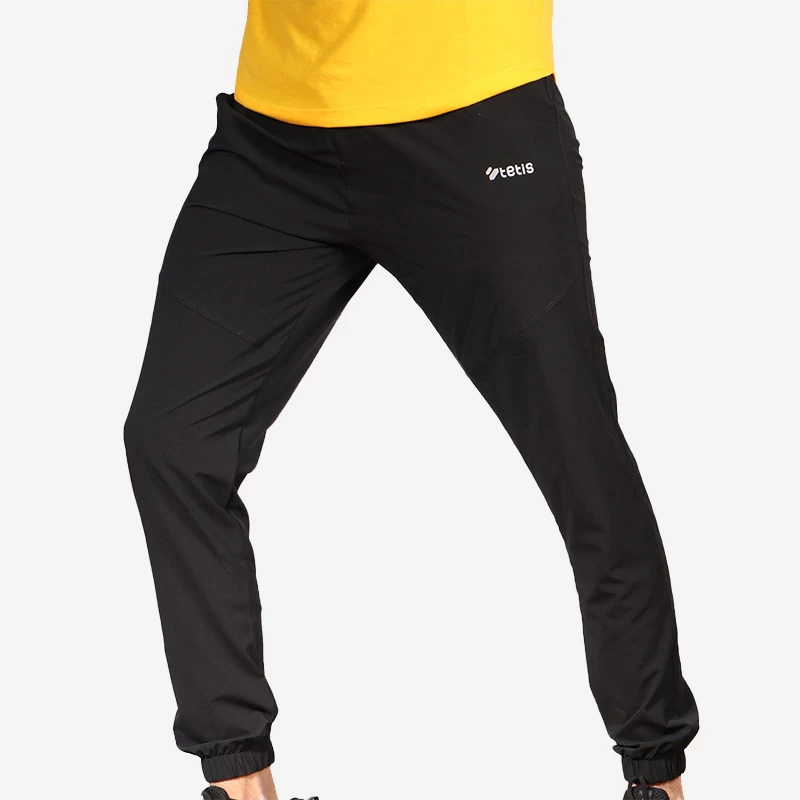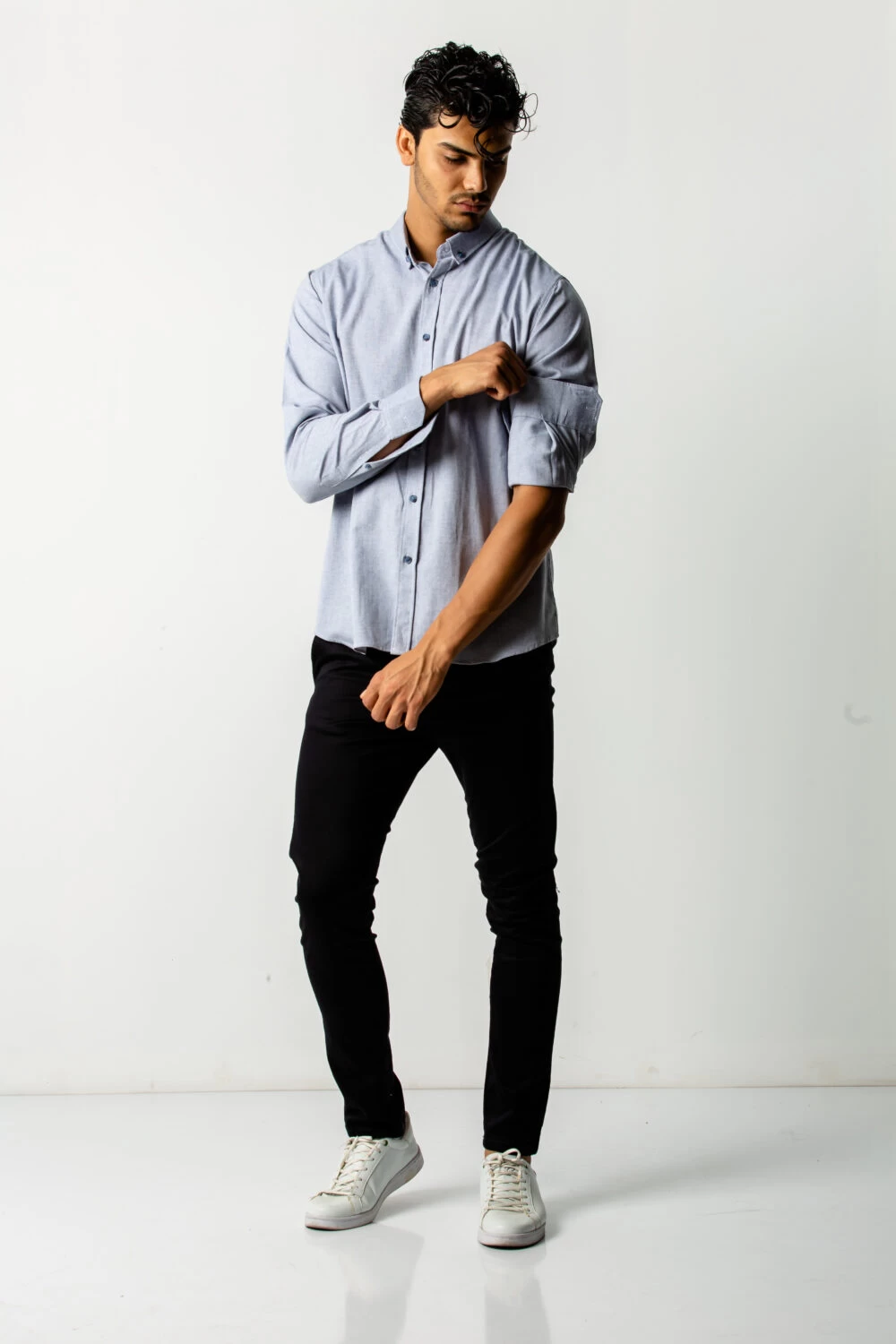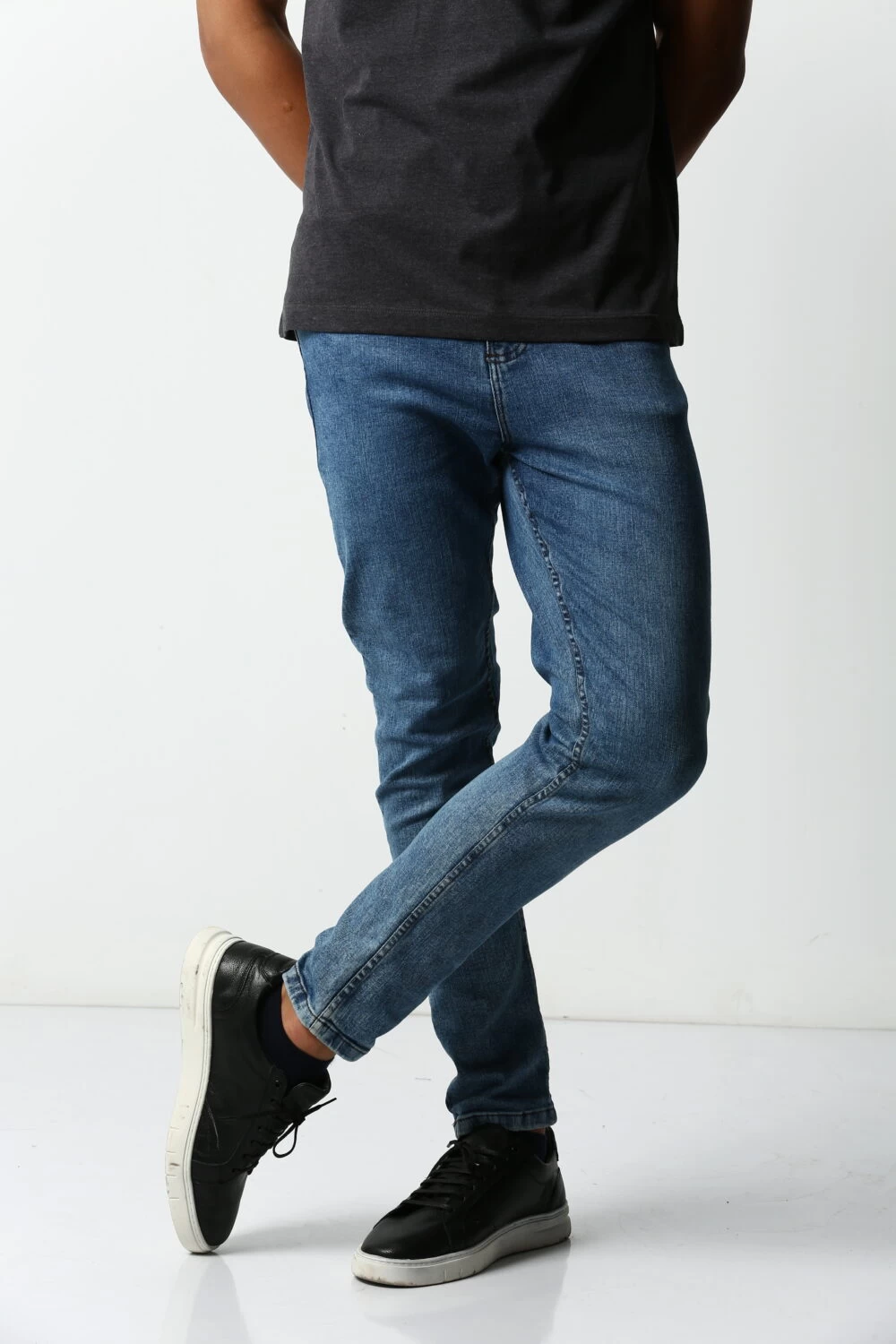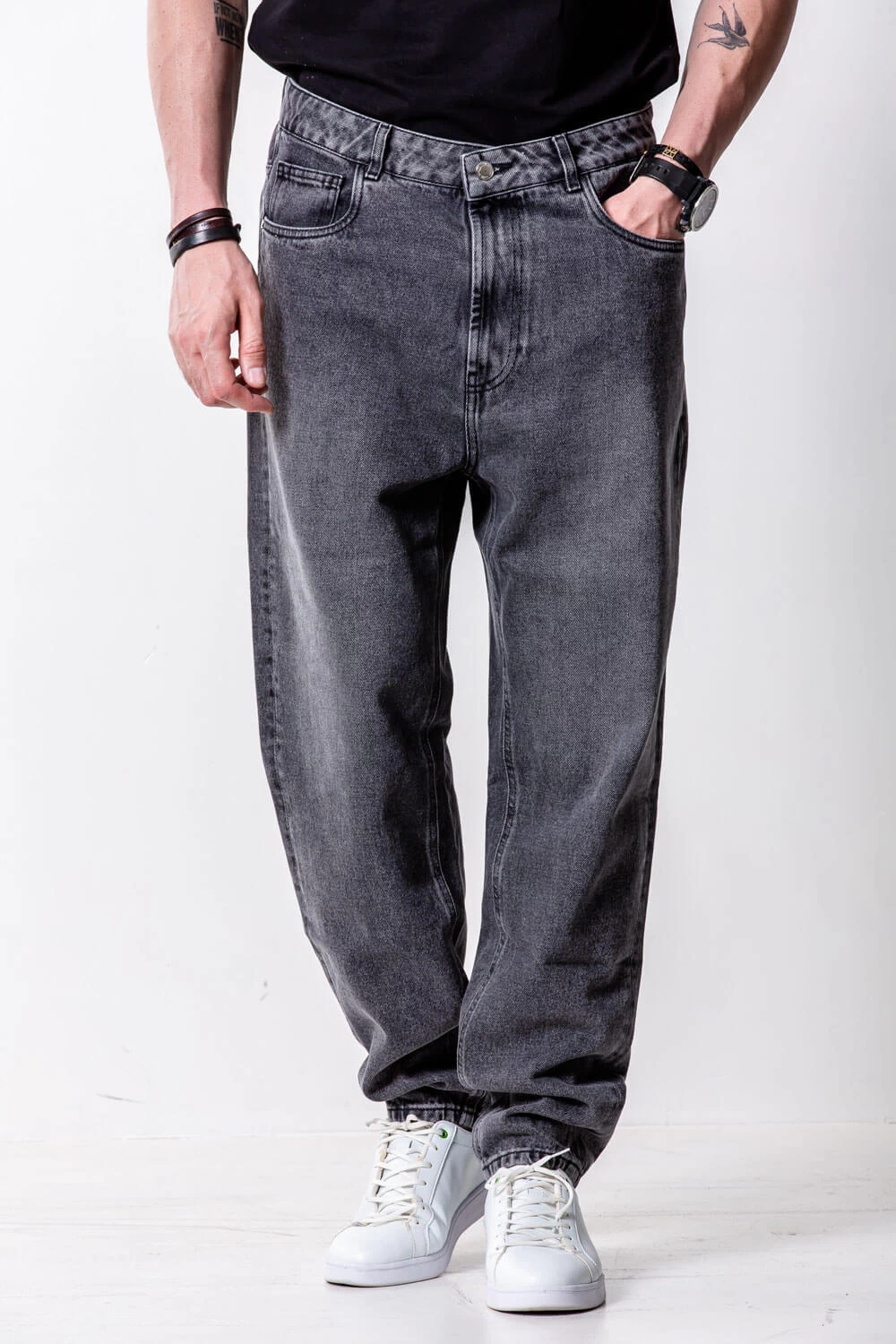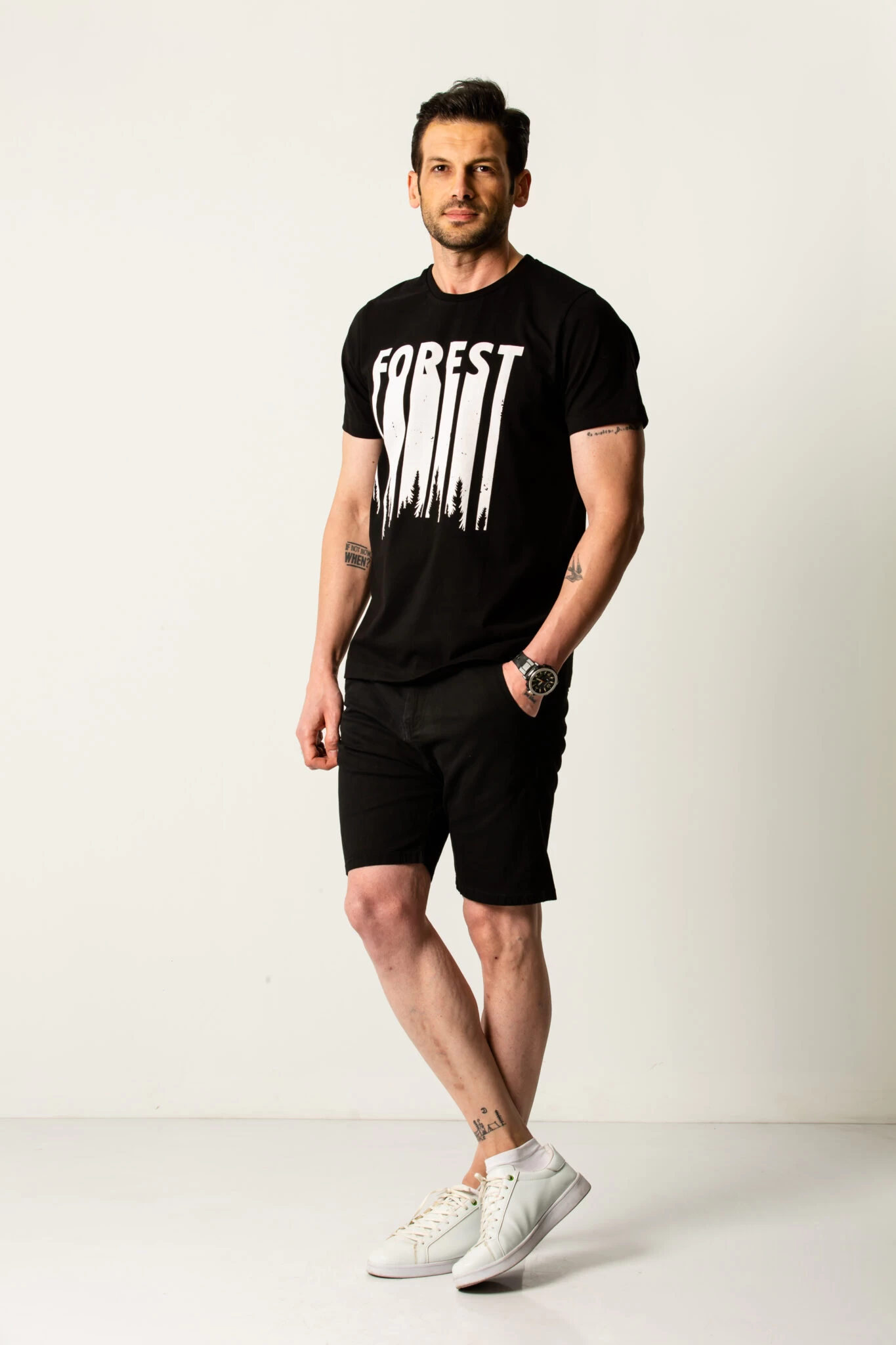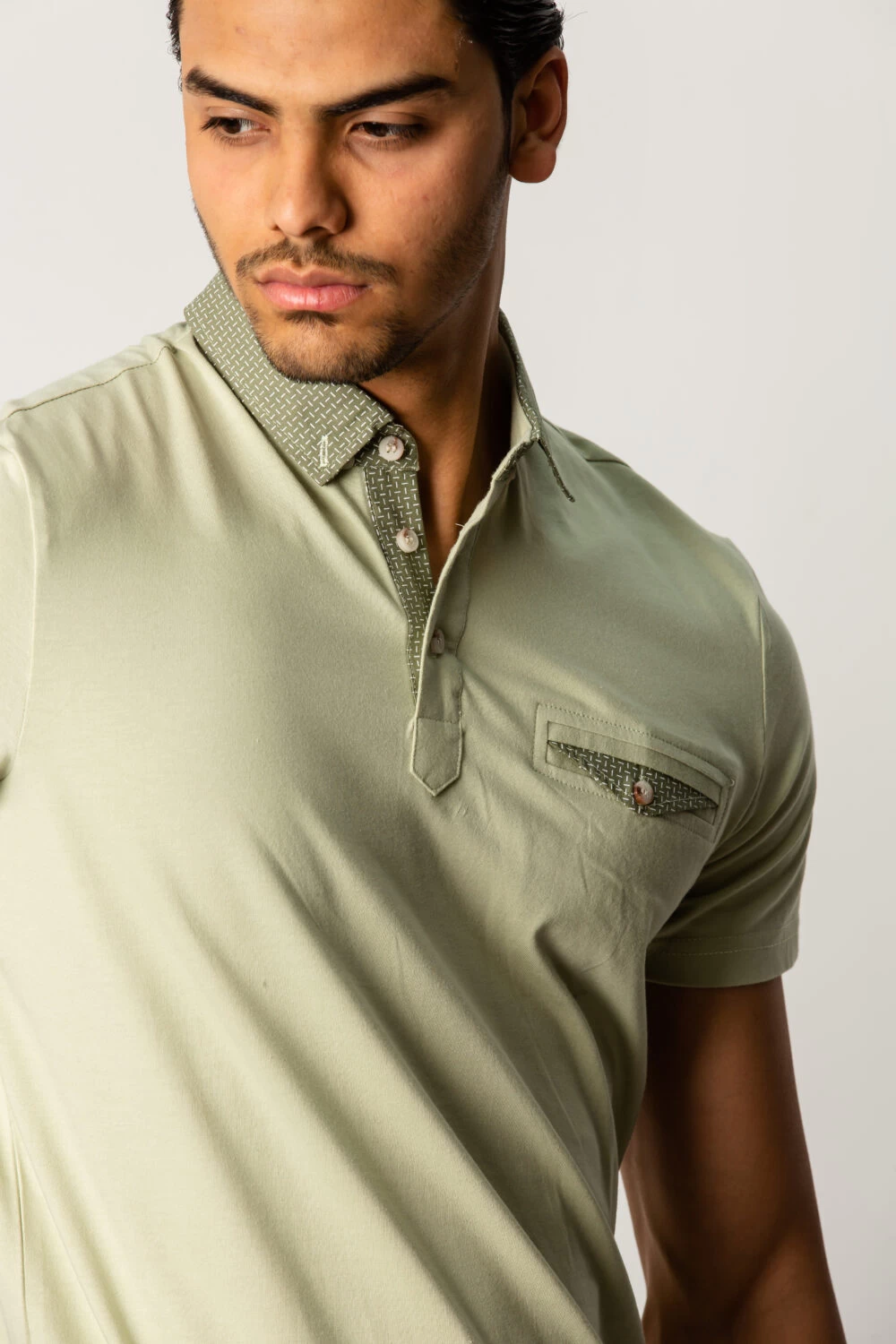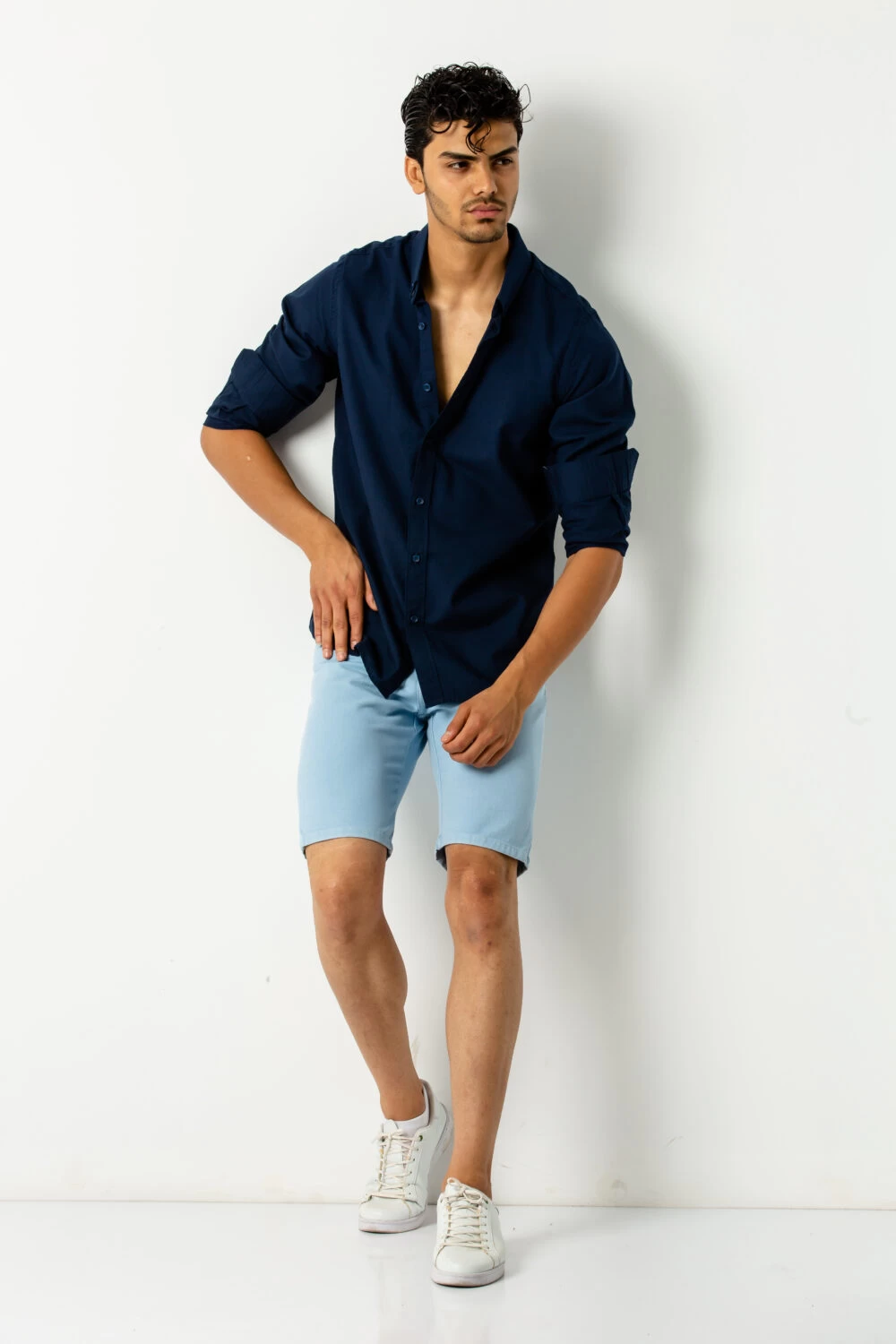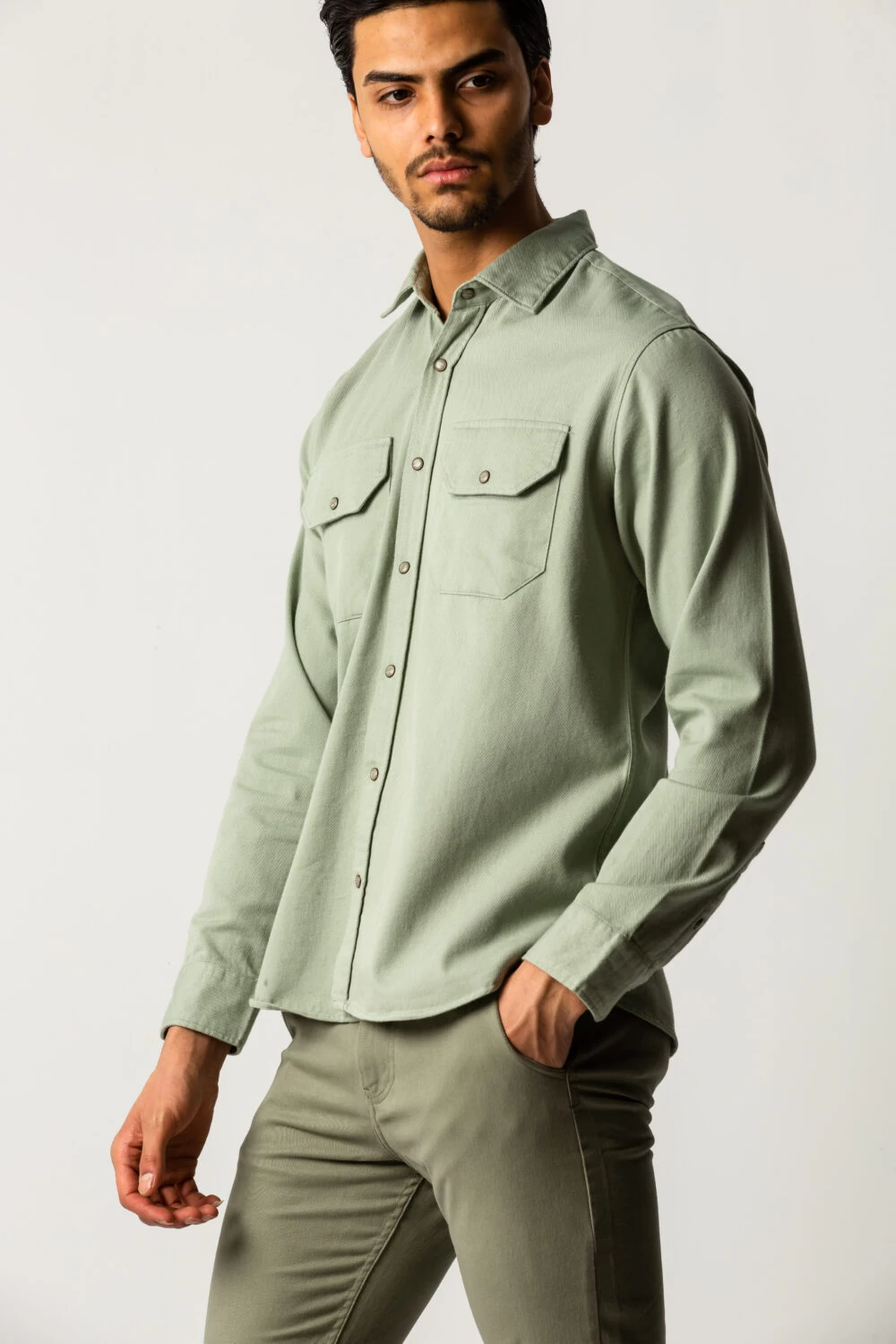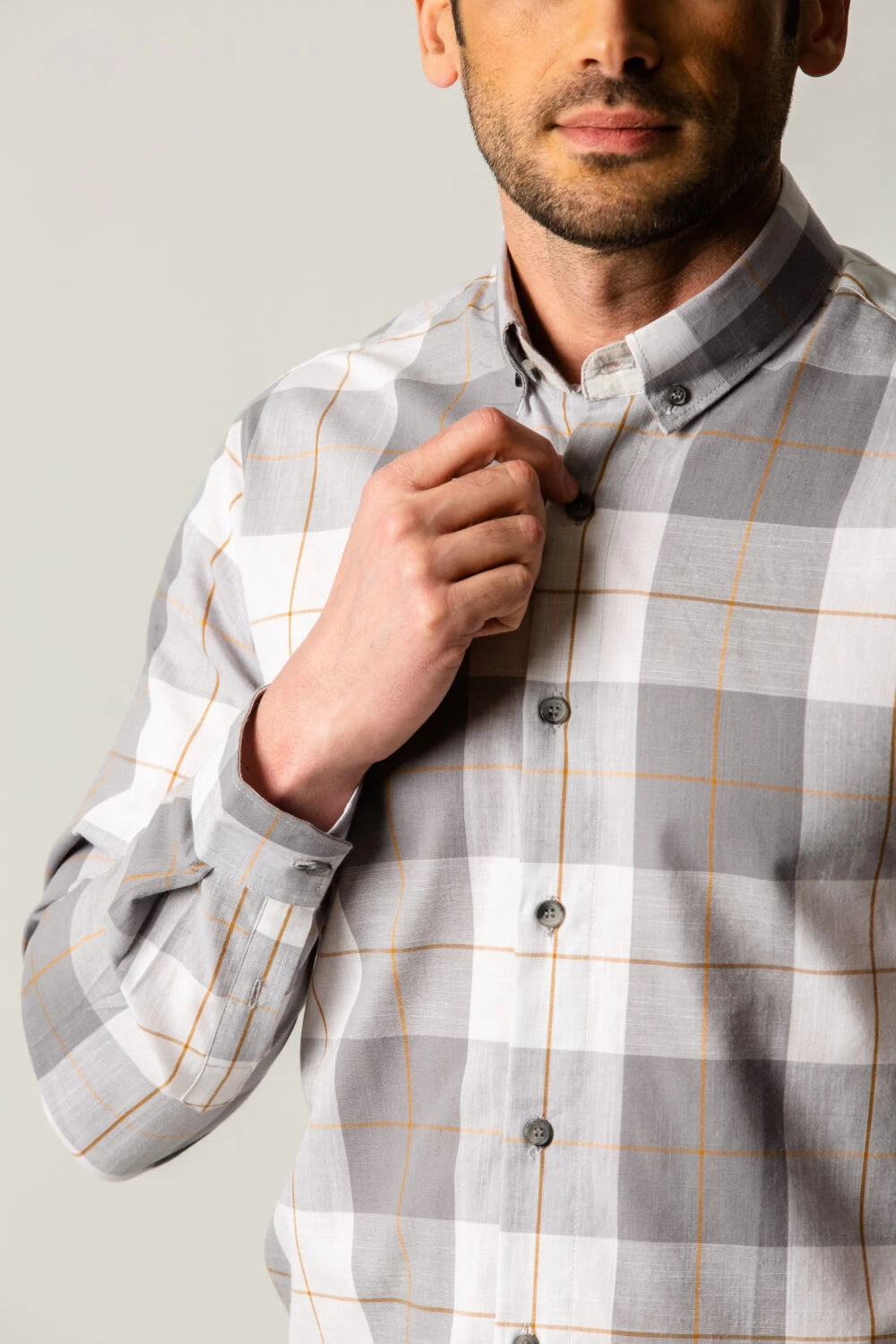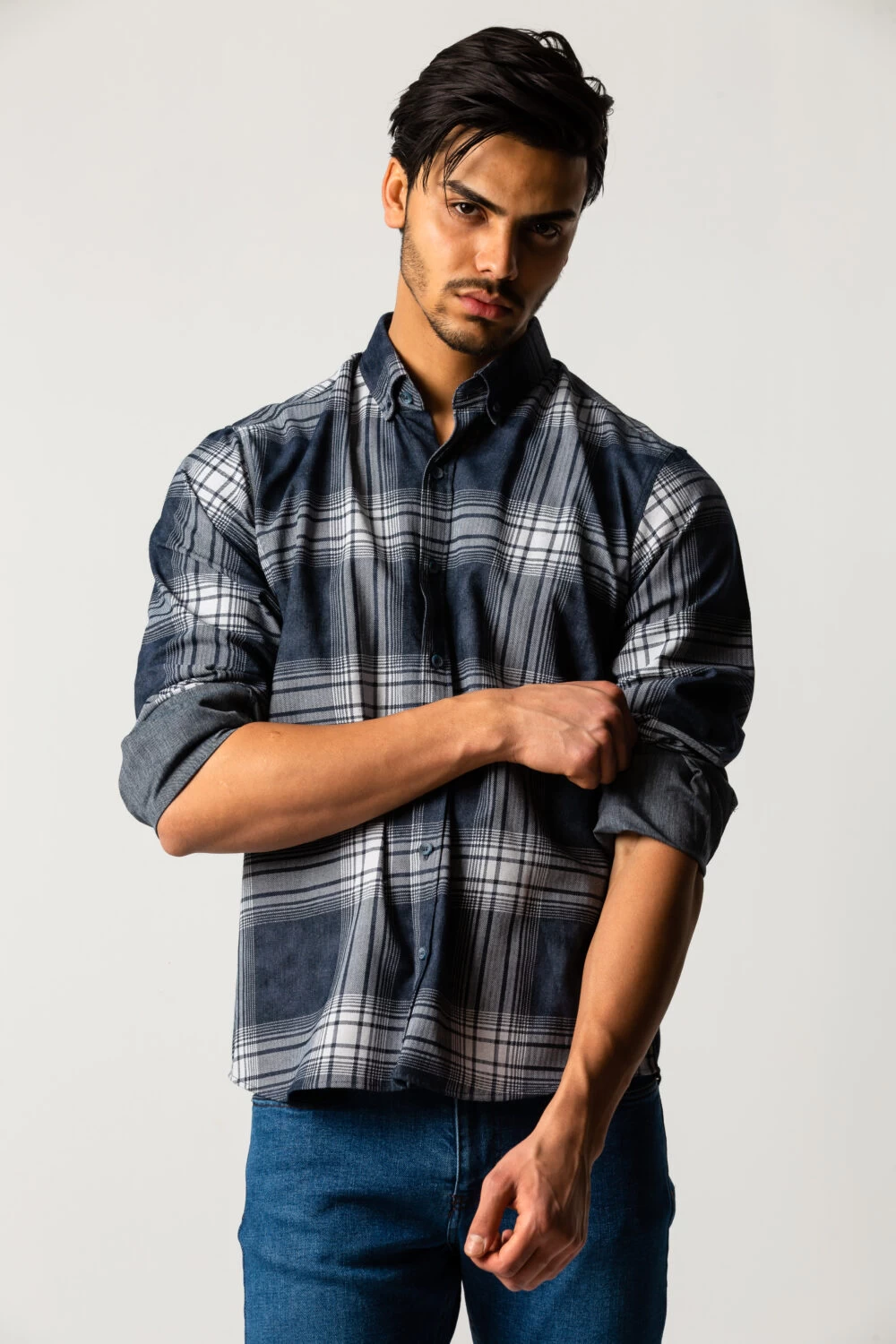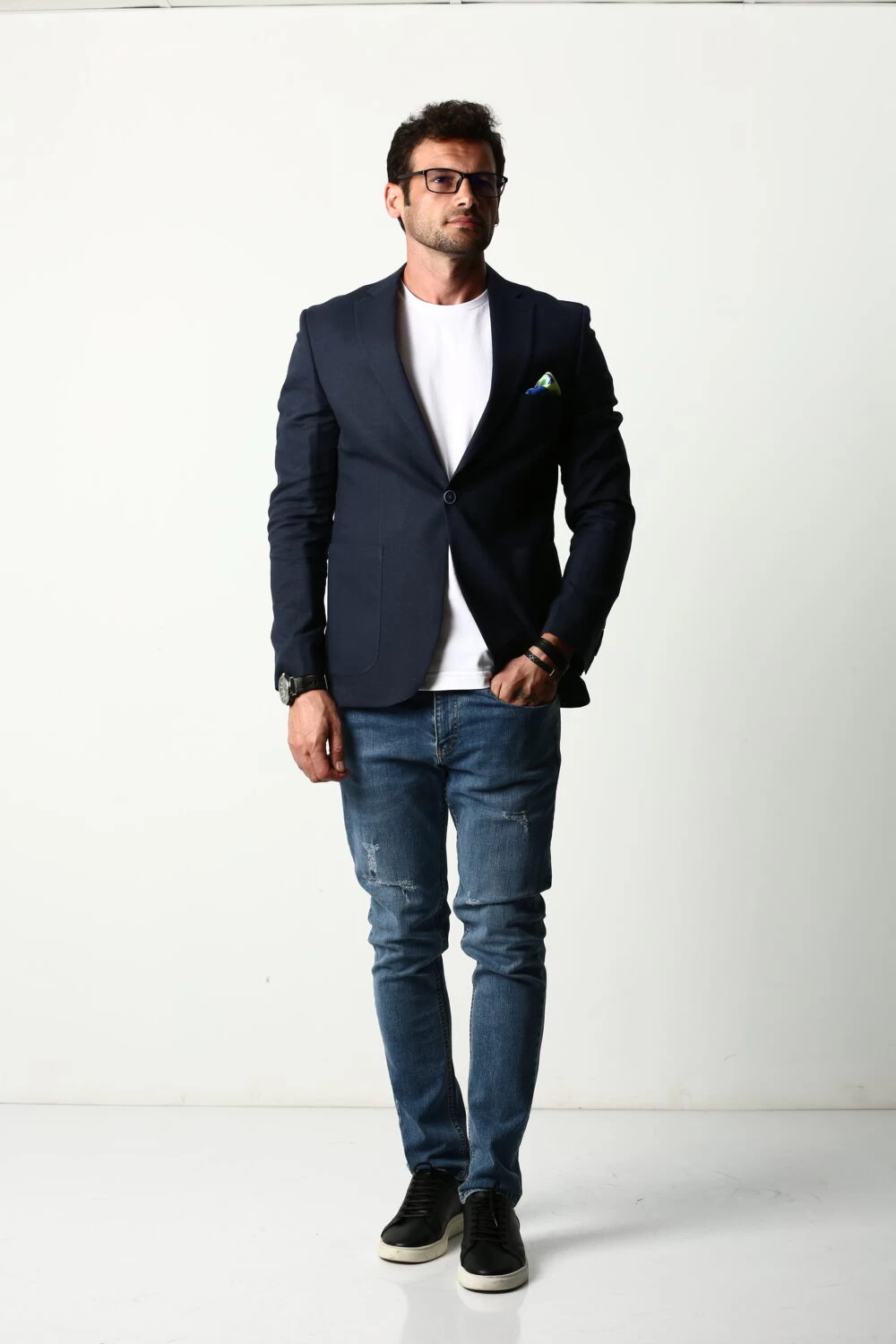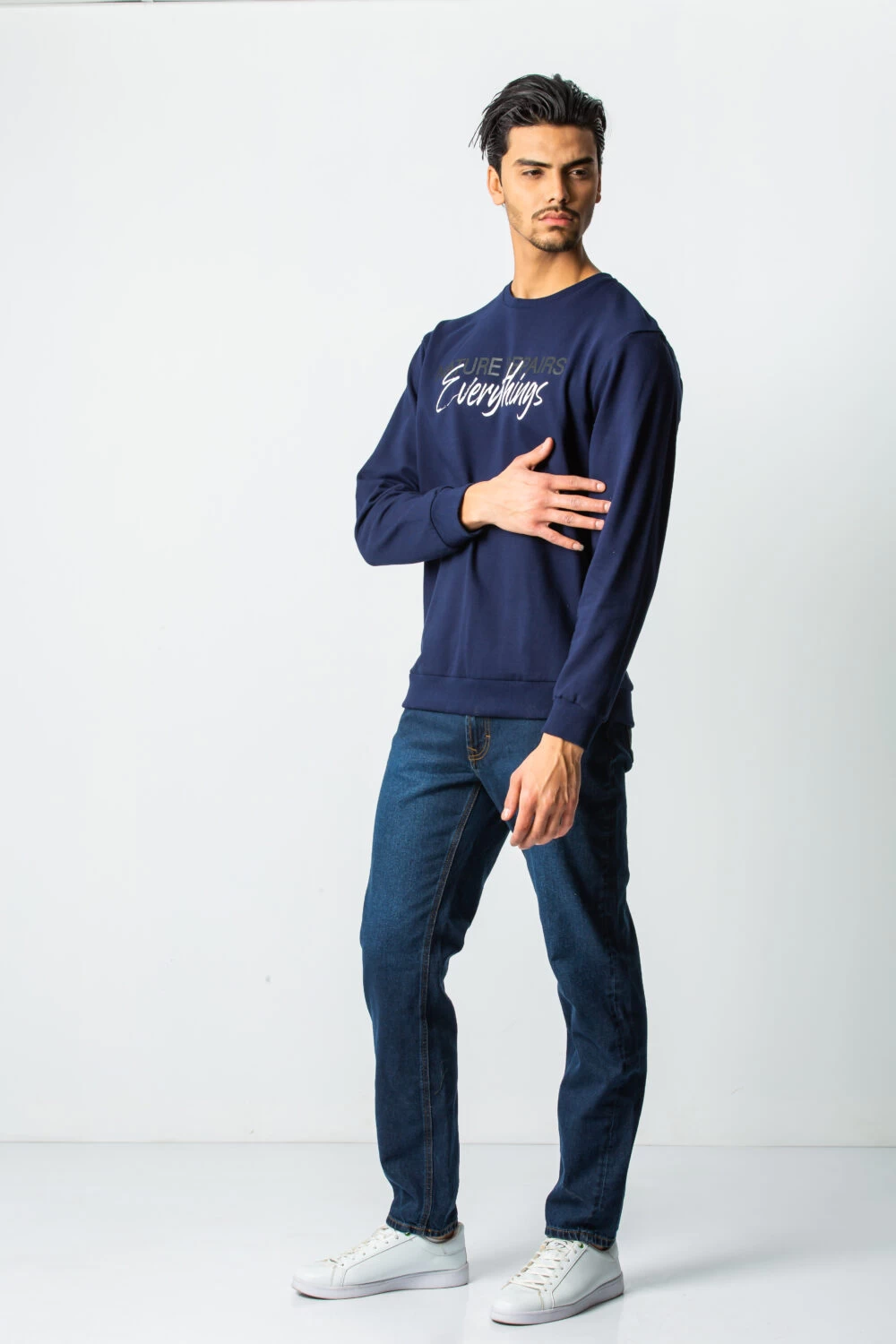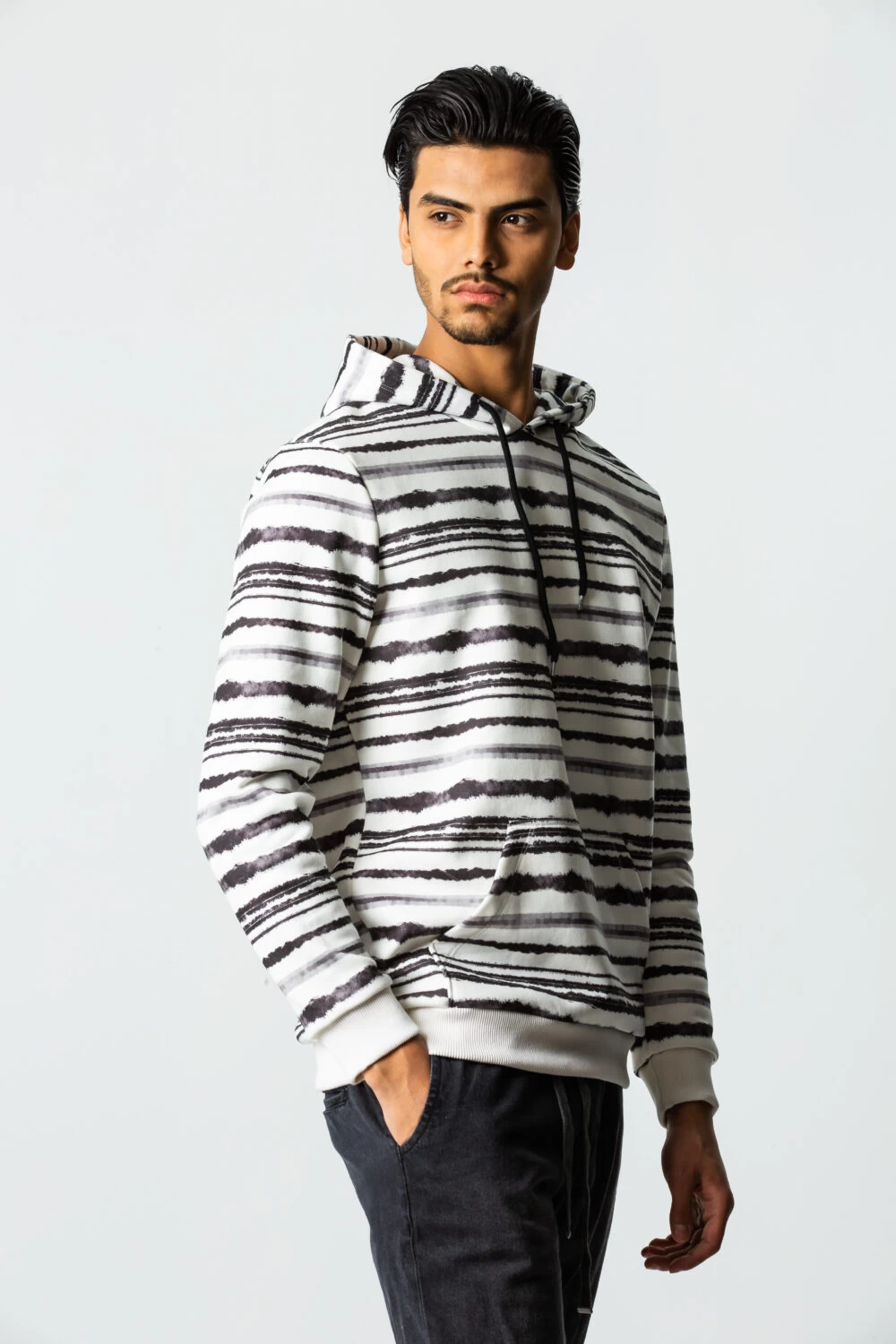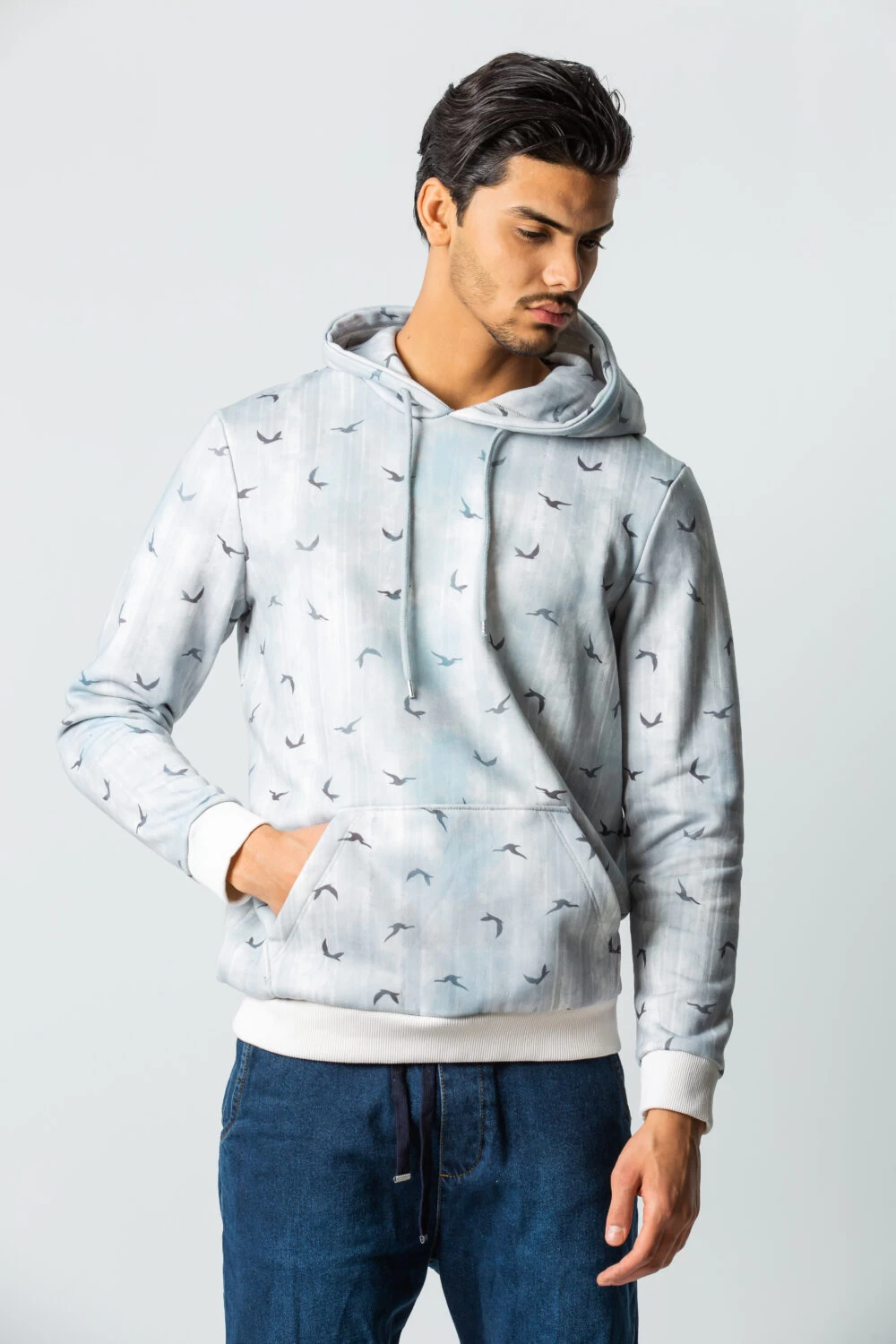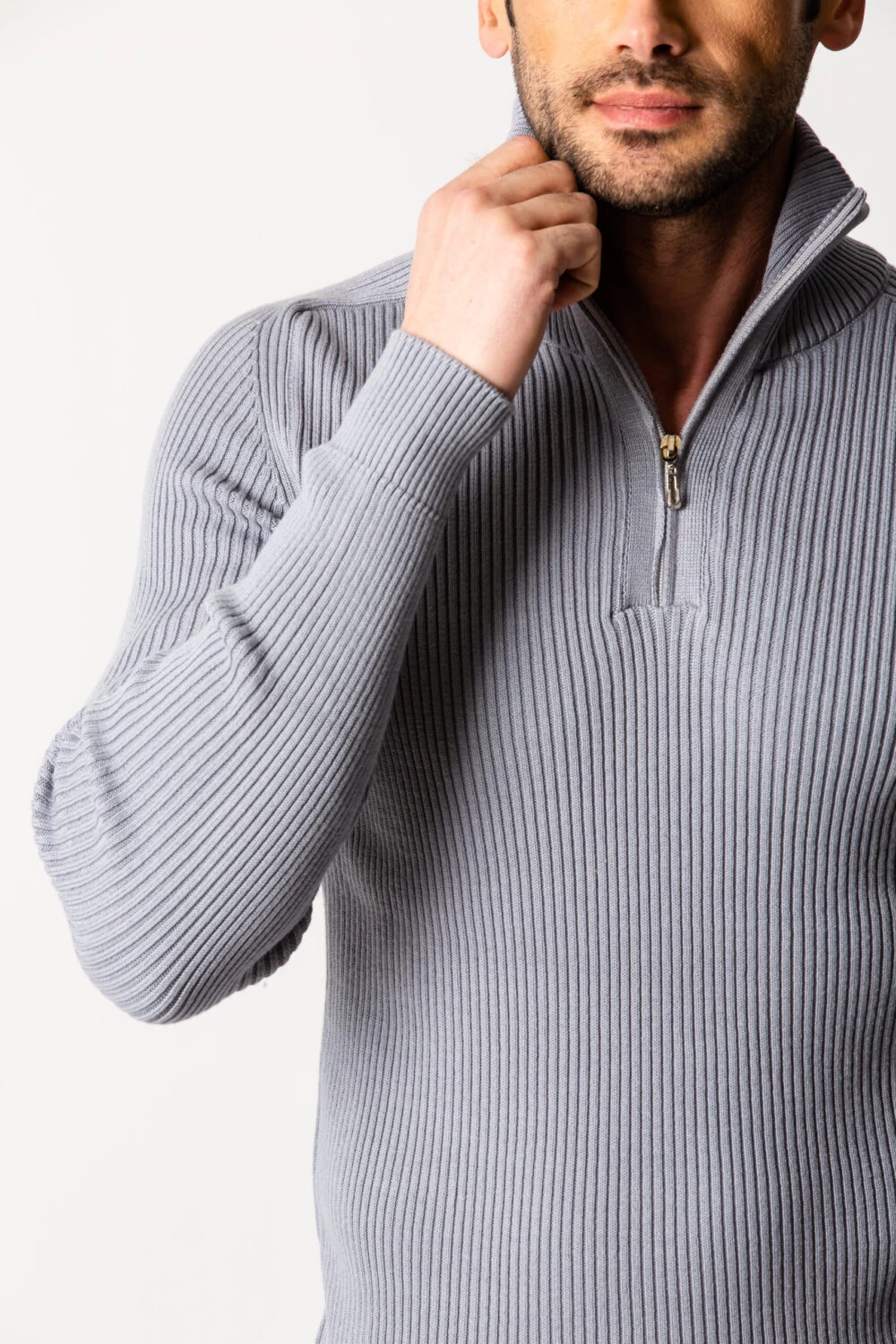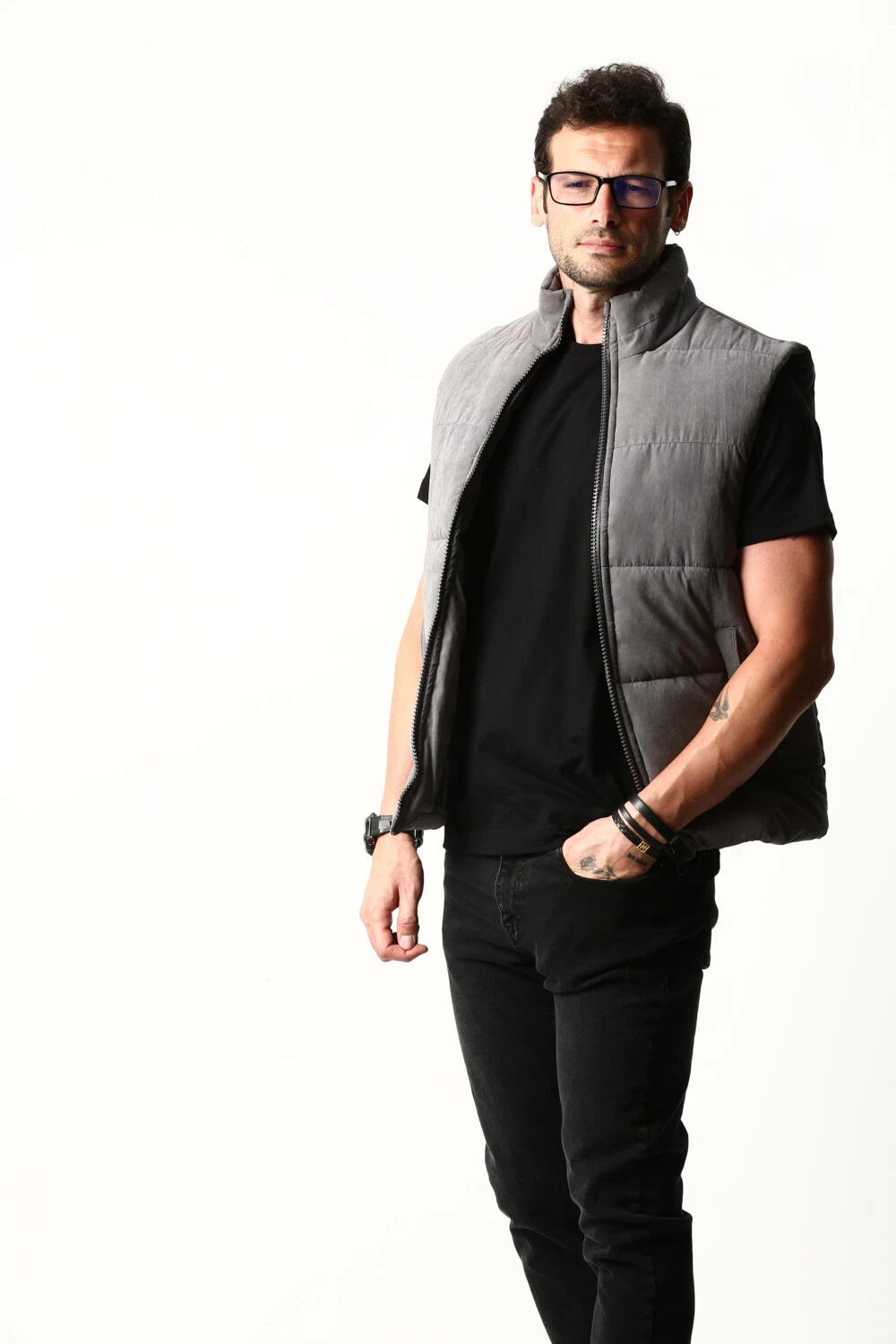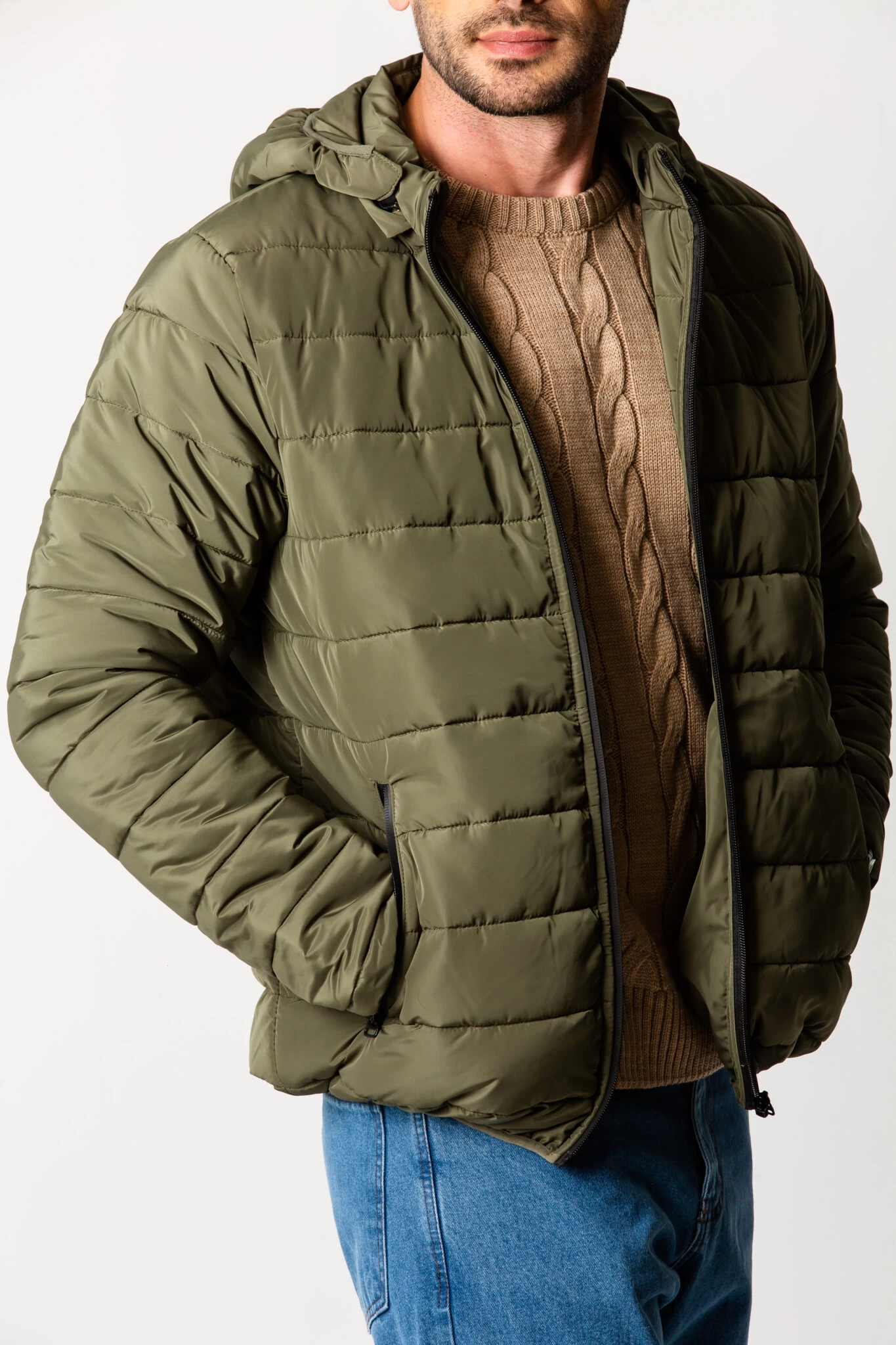Men's Clothing
Men's clothing encompasses a wide range of styles and garments designed specifically for men. Over the years, men's fashion has evolved significantly, reflecting changing trends, cultural shifts, and personal style preferences.
From formal attire to casual wear, men now have a plethora of options to choose from, allowing them to express their individuality and create distinctive looks.
Let's explore some of the key elements and styles in men's clothing.
1. Formal Wear:
Formal wear for men typically consists of suits, tuxedos, and dress shirts. Suits are a staple in a man's wardrobe and are often worn for business meetings, formal events, or weddings. They usually include a jacket and trousers made from matching fabric. The most common suit styles are single-breasted and double-breasted, with a wide variety of colors and patterns available.
Tuxedos are reserved for black-tie events and are distinguished by their satin lapels and a bow tie. They are usually worn with a formal dress shirt, cummerbund, and patent leather shoes.
2. Casual Wear:
Casual wear provides men with comfort and versatility in their everyday outfits. T-shirts, polo shirts, casual button-down shirts, and jeans are popular choices. T-shirts are available in various colors, patterns, and neck styles, such as crew neck and V-neck. Polo shirts offer a slightly dressier option and are characterized by their collars and short sleeves.
Button-down shirts are versatile and can be worn casually or dressed up. They come in different fabrics, patterns, and colors, allowing men to create diverse looks. Paired with jeans or chinos, they offer a smart-casual appearance.
Jeans are a staple in men's casual attire. They come in different cuts, including straight, slim, and relaxed, and a wide array of washes. Denim jackets and casual blazers are often paired with jeans to create a stylish layered look.
3. Business Casual:
Business casual attire strikes a balance between formal and casual wear. It typically consists of dress pants, chinos, collared shirts, and blazers. Dress pants are tailored trousers made from formal fabrics such as wool or cotton. Chinos are more casual, made from lightweight cotton twill.
Collared shirts, such as button-down shirts or polo shirts, are worn with business casual outfits. Blazers add a touch of sophistication and can be paired with dress pants or chinos.
4. Accessories:
Accessories play a crucial role in completing a man's outfit. Some commonly worn accessories include neckties, bow ties, belts, watches, cufflinks, pocket squares, and shoes. Neckties and bow ties add a touch of elegance to formal wear, while belts serve both functional and aesthetic purposes.
Watches are a popular accessory that can elevate a man's style and showcase personal taste. Cufflinks are typically worn with French cuff shirts and add a touch of sophistication. Pocket squares are folded pieces of fabric placed in the breast pocket of a blazer or suit jacket.
Shoes are available in various styles, including loafers, dress shoes, sneakers, and boots. The choice of footwear depends on the occasion and the desired look.
In conclusion, men's clothing offers a wide range of options, from formal wear to casual attire. By combining different garments, styles, and accessories, men can create unique looks that reflect their personality and style preferences. Whether it's for a formal event, a business meeting, or a casual outing, men's fashion allows individuals to express themselves and make a statement through their clothing choices.
Women's clothing trends and men's clothing trends often differ in several key aspects, including styles, colors, silhouettes, and details.
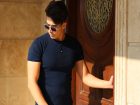
Here are some of the notable differences between the two:
1. Silhouette and Fit:
Women's clothing trends tend to focus more on highlighting and accentuating the female figure. Silhouettes often include fitted and body-conscious styles, such as dresses and tops that emphasize curves. On the other hand, men's clothing trends tend to prioritize a more straight and boxy silhouette, with looser-fitting garments like shirts and trousers.
2. Colors and Patterns:
Women's clothing trends often feature a wider range of colors and bolder patterns. Pastels, vibrant hues, floral prints, and intricate patterns are commonly seen in women's fashion. Men's clothing trends, on the other hand, often gravitate towards a more muted color palette, including neutral tones like black, white, gray, and earthy shades. Patterns in men's clothing are typically more subtle, such as stripes, checks, or simple geometric designs.
3. Detailing and Embellishments:
Women's clothing trends often incorporate more intricate detailing and embellishments. This can include embroidery, lace, sequins, ruffles, fringes, and other decorative elements. Men's clothing tends to be more minimalistic, with a focus on clean lines and subtle details like buttons, pockets, and stitching.
4. Styles and Garments:
Women's clothing trends encompass a wider variety of styles and garments, ranging from dresses, skirts, blouses, and tops to jumpsuits, rompers, and various types of outerwear. There is more freedom for experimentation and individual expression in women's fashion. Men's clothing trends usually revolve around staple garments such as shirts, T-shirts, trousers, jeans, suits, blazers, and jackets. While men's fashion has seen some expansion in recent years, it generally offers a narrower range of options compared to women's fashion.
It's important to note that these differences are generalizations and that fashion is constantly evolving, with individual style choices and personal preferences playing a significant role. Furthermore, there is an increasing blurring of gender boundaries in fashion, with more and more designers and brands embracing gender-neutral or unisex clothing options, which further challenges traditional distinctions between men's and women's clothing trends.
When exporting men's clothing or any other type of clothing, having a comprehensive packing list is essential to ensure smooth transportation, accurate inventory management, and efficient customs clearance.
Here's an explanation of what a packing list for exporting men's clothing typically includes:
1. Description of Goods: Provide a detailed description of the men's clothing items being exported. Include information such as the type of garments (shirts, trousers, jackets, etc.), style, fabric composition, colors, sizes, and any specific variations or special features.
2. Quantity and Units: Specify the quantity of each item being shipped, along with the unit of measurement. This could be pieces, pairs, sets, or any other relevant unit. For example, 100 shirts, 50 pairs of trousers, etc.
3. Packaging Details: Describe how the clothing items are packaged for shipment. Include information on the type of packaging used, such as cartons, boxes, or pallets, as well as the dimensions and weight of each package. It's important to adhere to packaging standards and ensure that the clothing items are properly protected during transit.
4. Total Weight and Dimensions: Provide the total weight and dimensions of the entire shipment. This information helps logistics providers and customs authorities determine transportation requirements and calculate shipping costs.
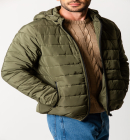
A well-prepared packing list serves as a crucial document for both the exporter and the importer, providing a comprehensive overview of the shipped goods. It ensures accurate shipment identification, facilitates customs clearance, and helps prevent any discrepancies or errors during transportation.
Formal wear for men typically consists of suits, tuxedos, and dress shirts. Suits are a staple in a man's wardrobe and are often worn for business meetings, formal events, or weddings. They usually include a jacket and trousers made from matching fabric. The most common suit styles are single-breasted and double-breasted, with a wide variety of colors and patterns available.
Casual wear provides men with comfort and versatility in their everyday outfits. T-shirts, polo shirts, casual button-down shirts, and jeans are popular choices. T-shirts are available in various colors, patterns, and neck styles, such as crew neck and V-neck. Polo shirts offer a slightly dressier option and are characterized by their collars and short sleeves.
Business casual attire strikes a balance between formal and casual wear. It typically consists of dress pants, chinos, collared shirts, and blazers. Dress pants are tailored trousers made from formal fabrics such as wool or cotton. Chinos are more casual, made from lightweight cotton twill.
Accessories play a crucial role in completing a man's outfit. Some commonly worn accessories include neckties, bow ties, belts, watches, cufflinks, pocket squares, and shoes. Neckties and bow ties add a touch of elegance to formal wear, while belts serve both functional and aesthetic purposes.

Women's clothing trends tend to focus more on highlighting and accentuating the female figure. Silhouettes often include fitted and body-conscious styles, such as dresses and tops that emphasize curves. On the other hand, men's clothing trends tend to prioritize a more straight and boxy silhouette, with looser-fitting garments like shirts and trousers.
Women's clothing trends often feature a wider range of colors and bolder patterns. Pastels, vibrant hues, floral prints, and intricate patterns are commonly seen in women's fashion. Men's clothing trends, on the other hand, often gravitate towards a more muted color palette, including neutral tones like black, white, gray, and earthy shades. Patterns in men's clothing are typically more subtle, such as stripes, checks, or simple geometric designs.
Women's clothing trends often incorporate more intricate detailing and embellishments. This can include embroidery, lace, sequins, ruffles, fringes, and other decorative elements. Men's clothing tends to be more minimalistic, with a focus on clean lines and subtle details like buttons, pockets, and stitching.
Women's clothing trends encompass a wider variety of styles and garments, ranging from dresses, skirts, blouses, and tops to jumpsuits, rompers, and various types of outerwear. There is more freedom for experimentation and individual expression in women's fashion. Men's clothing trends usually revolve around staple garments such as shirts, T-shirts, trousers, jeans, suits, blazers, and jackets. While men's fashion has seen some expansion in recent years, it generally offers a narrower range of options compared to women's fashion.
It's important to note that these differences are generalizations and that fashion is constantly evolving, with individual style choices and personal preferences playing a significant role. Furthermore, there is an increasing blurring of gender boundaries in fashion, with more and more designers and brands embracing gender-neutral or unisex clothing options, which further challenges traditional distinctions between men's and women's clothing trends.

FAQs
What are the key fashion trends in men's clothing for the current season?
Key fashion trends for men's clothing this season include oversized silhouettes, earthy tones, retro-inspired patterns, and sustainable fashion choices.
How do men's clothing styles vary between casual wear and formal attire?
Men's clothing styles for casual wear tend to be more relaxed and comfortable, featuring items such as T-shirts, jeans, sneakers, and hoodies. Formal attire, on the other hand, includes tailored suits, dress shirts, trousers, and leather shoes, emphasizing sophistication and elegance.
What factors should men consider when choosing the right fit and size for their clothing?
Men should consider factors such as body shape, proportions, personal style preferences, and garment measurements when choosing the right fit and size for their clothing.
How does the choice of fabric and material impact the comfort and durability of men's clothing?
The choice of fabric and material impacts the comfort and durability of men's clothing by influencing factors such as breathability, moisture-wicking properties, softness, stretch, and resistance to wear and tear.
 +7929688-88-14
+7929688-88-14

 English
English
 Persian
Persian
 Russian
Russian
 Chinese
Chinese


 +7929688-88-14
+7929688-88-14

